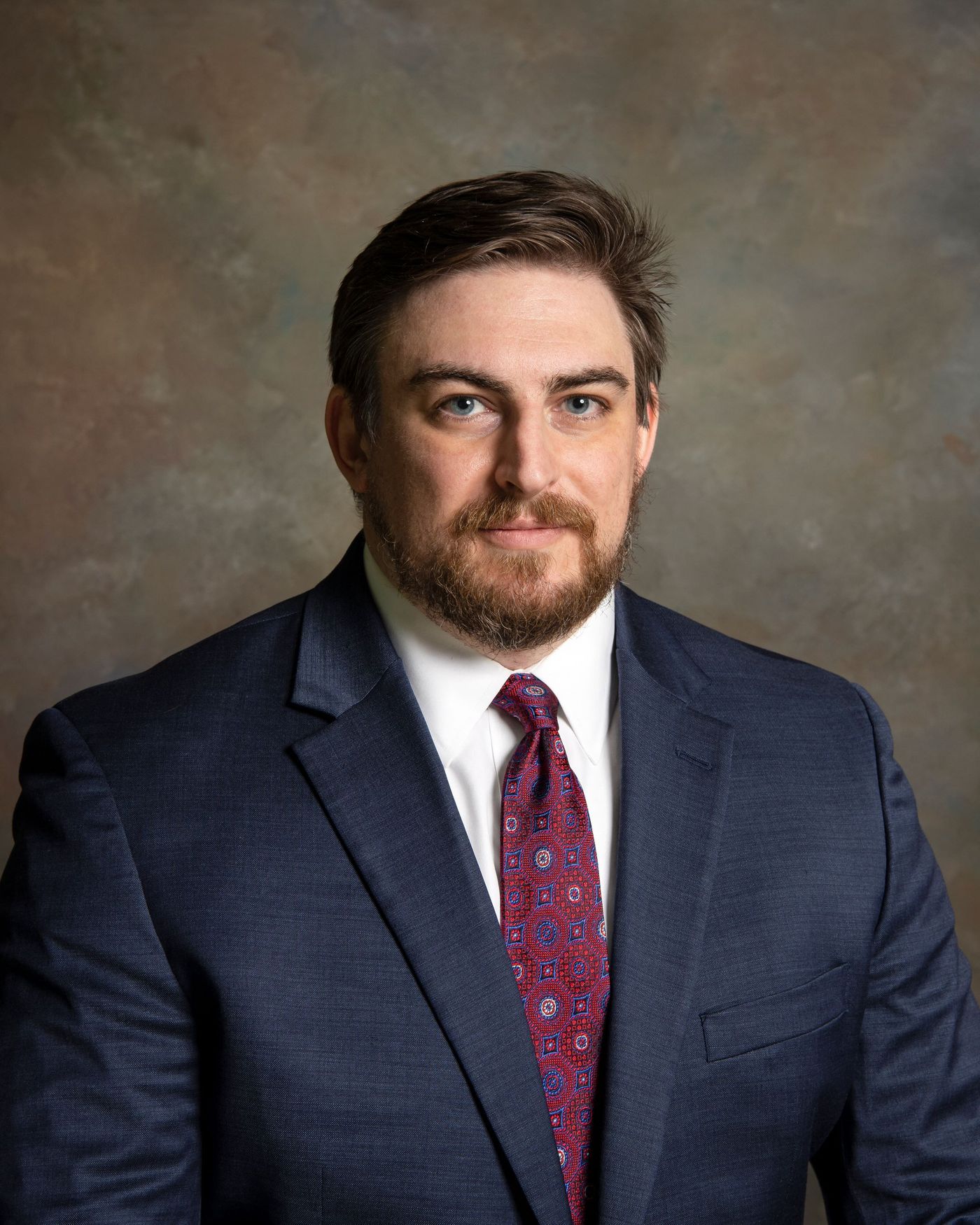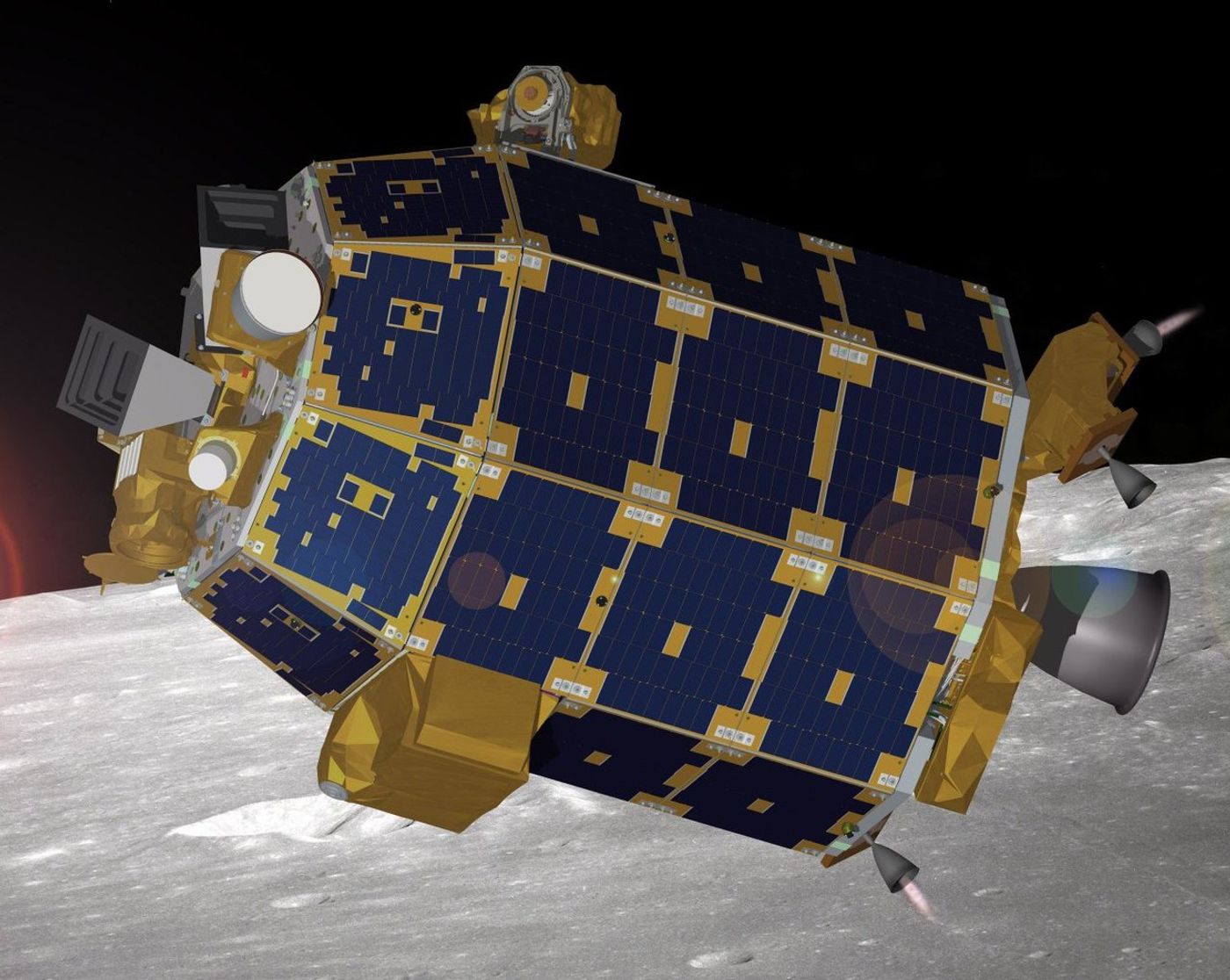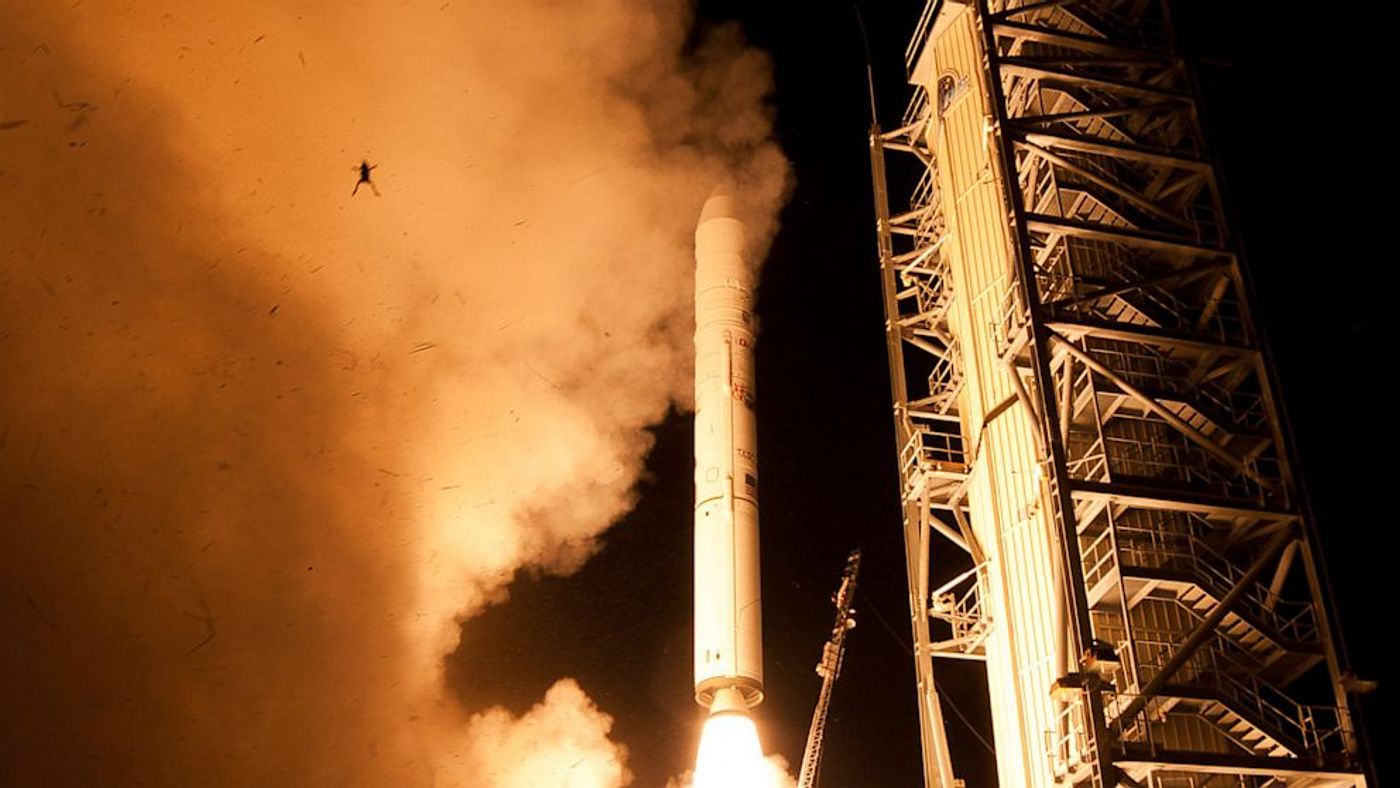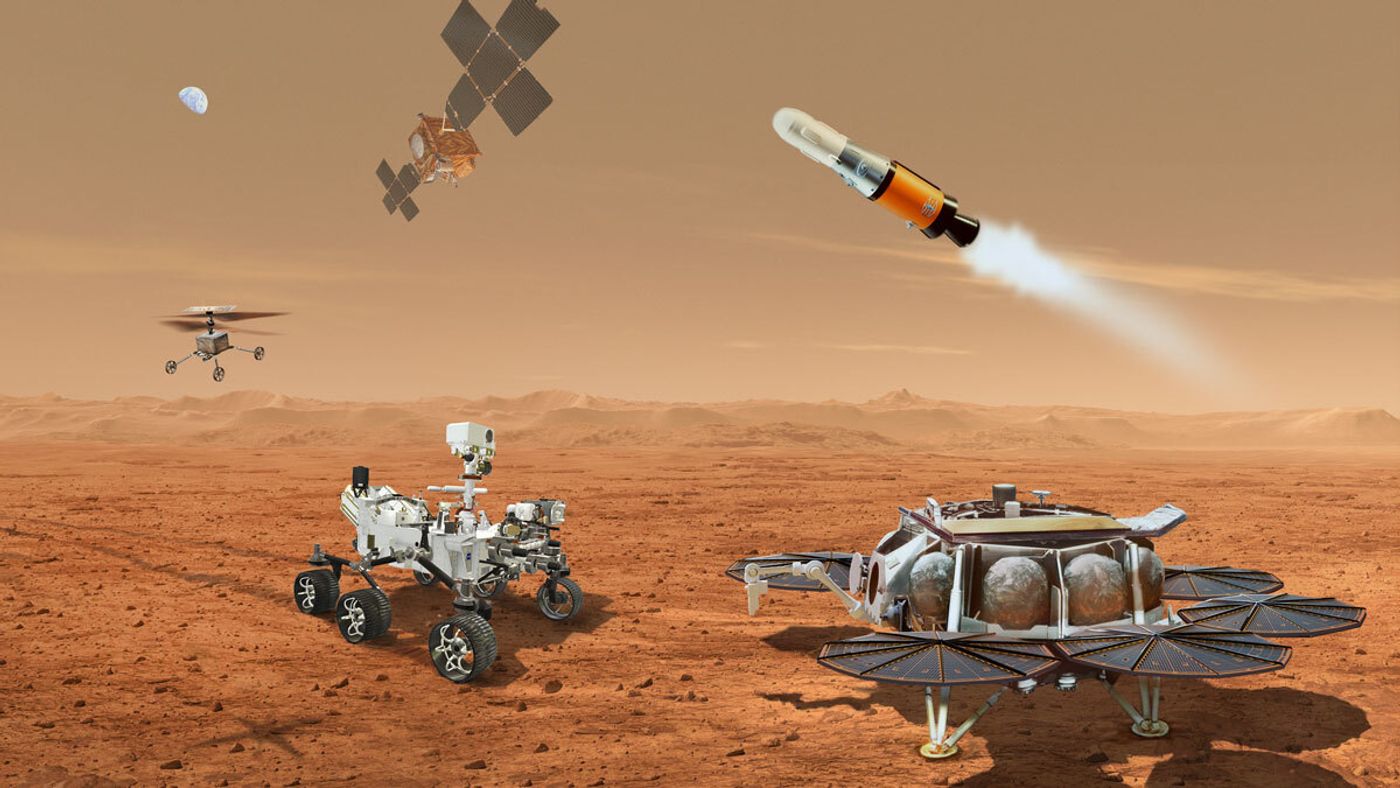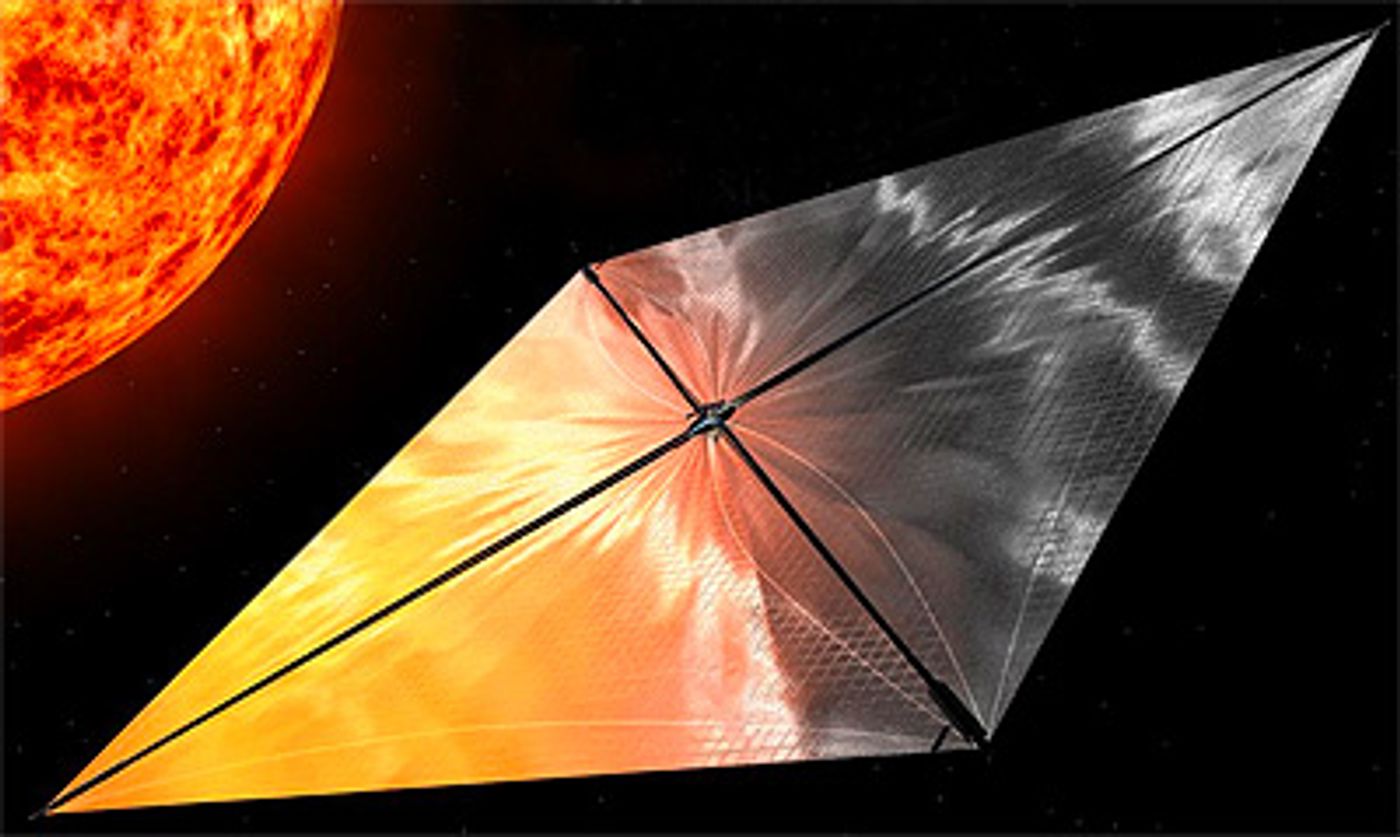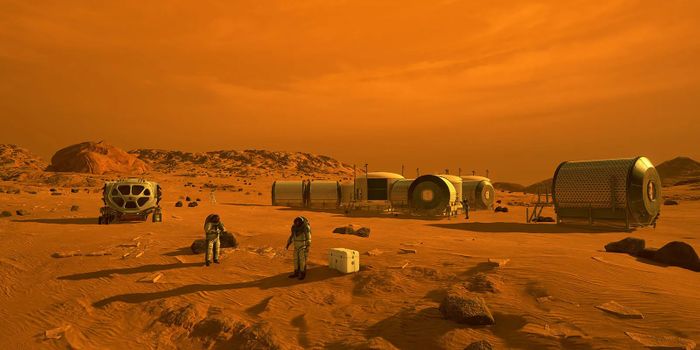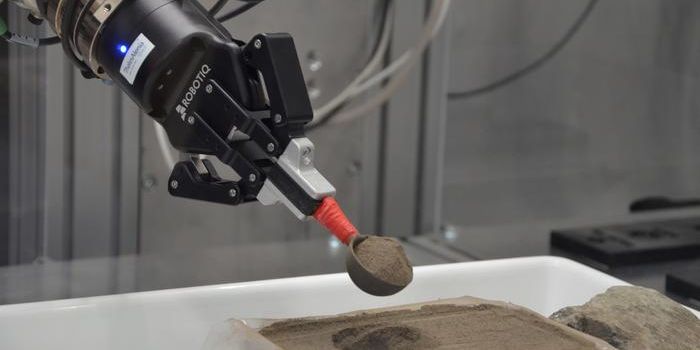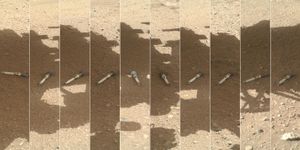National Engineers Week: An Exclusive Interview with NASA Engineer Peter Berg | Marshall Space Flight Center
Peter Berg has been working at NASA since 2007. He is an Aerospace Engineer and the Design and Analysis Team Lead in the Integrated Systems Health Management (ISHM) and Automation Branch at NASA's Marshall Space Flight Center in Huntsville, Alabama. He also currently works with the Mission and Fault Management Team for the Space Launch System (SLS), Human Landing System (HLS), Mars Ascent Vehicle (MAV), and Solar Cruiser.
To commemorate this year’s National Engineers Week, Labroots Science Writer and Planetary Geologist, Laurence Tognetti, spoke with Berg about what drew him to space exploration, how he came to be an engineer at NASA, and what it’s like working for NASA in this new age of space exploration.
Laurence Tognetti: Tell us a bit about your background, your experiences training to be an engineer, and where you are right now in your career.
Peter Berg: I earned my bachelor’s in science in Aerospace Engineering with minors in math and physics from Embry-Riddle Aeronautical University (ERAU) Prescott Arizona Campus, but that was far easier said than done. Early in my school career at ERAU, my grades were not the best and it took 5-years to get my degree after having to retake Calculus and Physics classes. With a lot of self-reflection and unwavering support from my parents, the poor grades in math and physics couldn’t overpower my passion and insistence on becoming an aerospace engineer and working at NASA.
During Spring Break before graduation, I decided to stay on campus, in case I needed to fly to various places for interviews like Houston, Tucson, China Lake, instead of going home to the Bay. Little did I know that an opportunity to return home and work in the Bay Area would arise after I applied to an Engineer Level 2/3 position on a whim.
When I started my engineering career, like me, discussions on new ways of doing space, including the commercialization of space, were in their infancy. I started working on the Constellation program on what was then called the Abort Fault Detection Notification and Response (AFDNR). Luckily fault management as a discipline was also in its beginnings and I received the best advice a manager can give an entry level engineer from my manager Greg, “be a sponge”. My managers at Ames also allowed me to explore new ways of looking at fault management and fault propagation models of an integrated system.
In the death throes of Ares and the Constellation program, an idea emerged to use Finite State Machines (FSM) to represent system behaviors. This caught the attention of the Software Technical Discipline Lead for an elite group at NASA known as the NESC, or NASA Engineering and Safety Center. One day that I will never forget, my team lead, Dwight, pulled me into his office with my manager Greg and asked me to close the door behind me. This brought back memories of me as a young kid getting in trouble and being sent to the principal’s office. I had surprisingly been asked to work on the Toyota Unintended Acceleration investigation and counted amongst the top NASA engineers at 25 years old.
After Toyota’s investigation and 700+ page report completed, I was trying to figure out what would be next. Luckily, NASA's Ames Research Center had been planning a Lunar exploration and technology demonstration mission, the Lunar Atmosphere and Dust Environment Explorer (LADEE). LADEE was incredible. The average age of folks working the program was easily in the 30s, and for a NASA mission at the time, that was very, very low. We all were figuring out how to do things as a group. I had to be flexible in my roles as Software Systems Engineer, Fault Management Engineer, Mission Operations Simulation Engineer, and Console Operator.
But LADEE was not the only program I was working on at the time. The old gang from Constellation came back together for a young program called Artemis and a re-org at Marshall Space Flight Center (MSFC) created the Mission and Fault Management (M&FM) group. I continued looking at FSM as a way to model the SLS vehicle plant and software in a method called State Analysis Modeling (SAM). While LADEE was occluded by the moon, I would work on the SAM, getting it to the point where it was making an actual impact on the way SLS operated. And after the impact of LADEE on the moon, I found myself looking towards my future with NASA and how to push the SAM concepts further.
I am now the Design and Analysis Team Lead in the Integrated System Health Management and Automation Branch at MSFC, home of the M&FM team, far from where I began as an engineer, but close to the action of where NASA is going in the future.
Laurence Tognetti: What got you interested in working for NASA? Were there any inspirational figures in your life or moments where you realized this is what you wanted to do?
Peter Berg: I think it primarily was my desire to solve problems, by being creative and exploring elegant simple solutions to answer the complex and confusing.
My first introduction to NASA was when an engineer from Ames came to talk to my grammar school class. I don’t remember who they were nor what they said, but they inspired me to not only look into a career at NASA, but also to remember to pay it forward and take an opportunity to talk to schools and classes whenever I can.
I was also blessed by having several inspirational figures in the engineering field surrounding me in life. My godfather Lee worked at Hughes Aerospace; my mother’s uncle Vic worked at Lockheed Martin on the Hubble Space Telescope.
Laurence Tognetti: Have you always had a passion for space exploration or is that something that came in time?
Peter Berg: As a child, my grandma Rina, an immigrant from Italy, would take me to the nearby San Francisco International Airport (SFO) to watch aircraft take-off and land. It was at that point I decided that I wanted to become an Aerospace Engineer and design aircraft. Once I got to college, I learned that there isn’t as much design that goes into aircraft and that there would be so much more to invent and explore in space.
Laurence Tognetti: How did you land working at Marshall Space Flight Center (MSFC) in Alabama?
Peter Berg: I had never heard of Huntsville until I started working at NASA Ames on Constellation and closely collaborated with the engineers at MSFC. About once a year for ten (10) or so years, I traveled to Huntsville for a Technical Interchange Meeting (TIM). I saw how great the town of Huntsville was and what moving here would do to my career and the acceptance of the SAM as a product.
An opportunity with Aerodyne Industries, a sub-contractor to Jacobs, the main support contractor to NASA at MSFC opened. This would let me join the ISHM and Automation branch and allow me to continue working on the SLS and SAM opened.
It was not an easy decision, requiring me to move 2,000 miles away from family and friends, like my grandparents before me. Even though it was going from California to Alabama, there wasn’t too much of a negative difference, besides actually having weather and seasons.
When the opportunity opened up to become a Civil Servant, I immediately took it, and once I did, I could almost literally hear the multiple doors of opportunity open.
Laurence Tognetti: Can we ask what current and/or future space missions you’re working on?
Peter Berg: Following, and even preceding, the well-known successful flight of Artemis I, our team worked on incorporating several features and improvements necessary to have the abort system enabled for the crew of Artemis II. We’re just about to start working on data analysis from the SLS System Integration Lab (SIL) after running the tests ahead of time in the SAM.
Simultaneously, we are working on developing the algorithms and fault management for the upcoming SLS Block 1b, which will first be used for Artemis IV.
But SLS is obviously not the only program NASA and MSFC are working on and there are a lot of exciting projects being worked on and planned.
The Human Landing System (HLS) Program is led out of MSFC and my branch is a part of the Integrated Performance Functional Analysis and Mission Planning teams, providing functional analysis models as well as a novel adaption of the SAM to use FSMs in an agent-based model to build timelines in a tool called STEDe.
The Branch is also developing the Mission and Fault Management algorithms for the Mars Ascent Vehicle (MAV), which is part of the Mars Sample Return (MSR) program. The process of developing these algorithms relies heavily on the processes used during Constellation and SLS, as well as experience with cFS on LADEE.
We’re also working with technologies beyond launch vehicles as MSFC works on exotic space propulsion missions like solar sails with Solar Cruiser. For this, the Mission and Fault Management algorithms are being integrated within the Guidance Navigation and Control (GN&C) simulation.
MSFC is also leading the way for Habitation systems for the Moon, transit to Mars and of course on Mars itself. The ISHM and Automation branch is developing the System Health, Autonomy, and Redundancy Control (SHARC) Lab to develop and promote Artificial Intelligence (AI) / Machine Learning (ML) and other advanced Fail-Active Autonomy and Self-Reliant systems and System-of-Systems techniques.
Laurence Tognetti: How excited are you for the success of Artemis 1 and the upcoming Artemis missions?
Peter Berg: Artemis I’s launch is a shining light to the new age of space exploration that’s fueled by decades of unseen problem solving and sacrifices. Personally, I have sacrificed many days of being too busy to hang out with friends and family. Was it worth it, absolutely, and I’m lucky enough to be surrounded by friends and family who understand the meaning of it.
There wasn’t much celebration after the launch, but I can almost guarantee that Huntsville will have its night of dancing in the streets again – when we have boots back on the Moon.
Laurence Tognetti: Describe a typical day for you at MSFC.
Peter Berg: A typical day for me starts waking up and biking on my stationary bike for at least 30 minutes before heading to MSFC. I usually arrive at work around 7am, early enough to be there before everyone and avoid as much of the Huntsville traffic as possible. There’s lots of projects going on, which usually means lots of meetings and lots of frequent visits by people coming into my office and working out elegant solutions out in groups or on whiteboards. On days when I don’t have leftovers from my fiancé packed in my lunch, I will walk across the street to the MSFC food truck corral. Most of the team interaction and coordination occurs online, especially with the team only needing to be in the office two days a week.
Laurence Tognetti: What advice would you give to students who wish to work for NASA?
Peter Berg: I think I should answer this in two parts, before you work at NASA and after.
Before you work at NASA and while you’re in the interview process, be sure to do things like research the people giving the interview. When you show interest in some personal research projects of the interviewer, it can really set you apart. Additionally, don’t worry so much about the minimum requirements of what you’re applying for. Apply for what you want to do and where you want to work. Finally, as I am a big example of this, your GPA is important but probably not as important as your ability to explain a design process and think critically.
This advice applies whether you work at NASA, any NASA support contract, or any job in the space industry. I think the advice my first manager, Greg, provided me still holds as the best, he said “be a sponge”, meaning absorb everything and anything presented in a meeting or discussion, this is valuable because at any moment you may be asked for some of that information in the future. One of my personal pieces of advice, which I take from watching lots of hockey, is to use “we” and not “I” when describing something a team has done together.
Laurence Tognetti: Is there anything else you feel our readers need to know about your amazing career?
Peter Berg: Engineering isn’t only about technical work, with as mentally exhausting and emotionally draining as it can be, it is best to have fun and an open mind on different approaches. With that said, I’ve found that one of the best ways to express emotions through comedy is with memes. During LADEE, I consistently documented different mission activities and problems with memes, but it wasn’t till LADEE decommissioned into the side of the Sundman V crater that I showed them to the team.
You can connect with Peter Berg on LinkedIn and read more about his work at NASA here.
